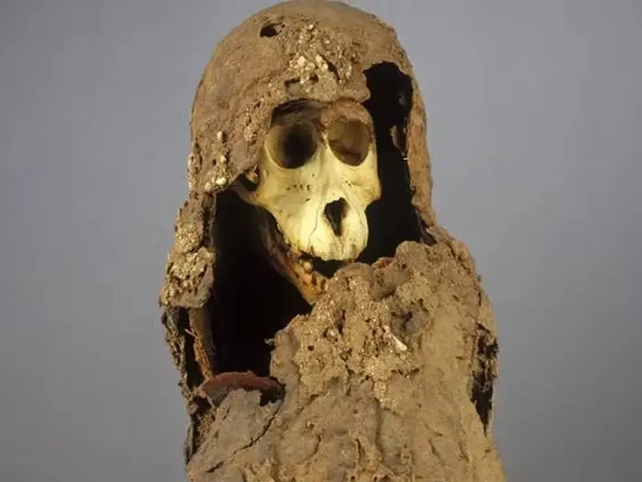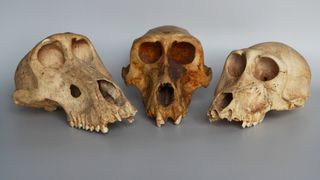New findings regarding the Puntian Primates puzzle.
New research on the mysterious remains of mummified baboons, found far from their natural habitat over a hundred years ago in Egypt, has shed light on the sacred significance of the primates in the ancient Arabian Peninsula.
In studying the curious creatures, researchers on the project also believe they have revealed new evidence that Punt and Adulis, two legendary trading regions that shaped the world's economic and geopolitical structure, may have been the same place in the coastal region in Eritrea — separated by a thousand years of history.
The mummified hamadryas baboons were found in 1905, eroding out of the
valley of the monkeys — an archaeological site at Luxor's western bank of the Nile known for its depictions of baboons on tomb walls discovered nearby.
The creatures were missing their ferocious canine teeth, but, unlike other mummified baboon specimens found from the same timeframe, they were neither entombed with noblemen of the time nor found in group catacombs, raising questions for decades about how they got there — and why.
Specimen EA 6738, held by the British Museum: Skull of a mummified baboon recovered from Thebes, Egypt and connected isotopically to Eritrea/Ethiopia/Somalia. (Trustees of the British Museum)
Science has finally advanced enough to answer some lingering questions about the baboons.
After testing ten different specimens and being able to extract DNA from just a single one, Gisela Kopp, a biologist from the University of Konstanz, utilized a new method of genetic analysis on DNA from the specimen to trace its origins. Kopp's discovery is the first time ancient DNA from a mummified non-human primate has successfully been analyzed to this extent.
https://www.sciencealert.com/mystery-of-mummified-baboons-found-in-egypt-may-finally-be-solved




